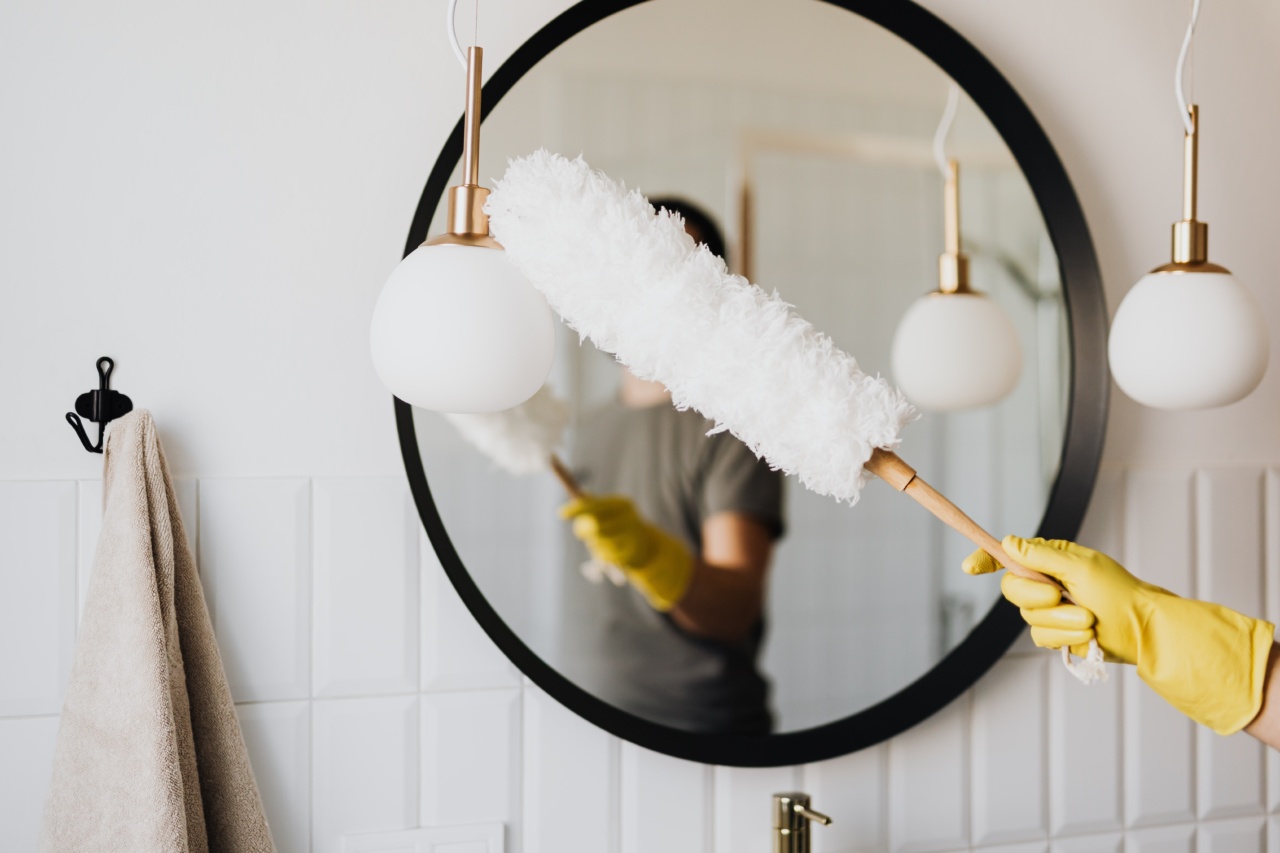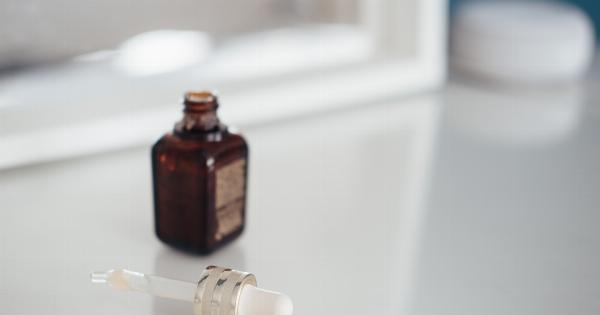Bras are an essential part of every woman’s wardrobe. Not only do they provide support and lift, but they also enhance our curves and make us feel confident.
However, when it comes to bra maintenance, many of us are unsure of the proper cleaning techniques and how often we should be washing our bras. In this comprehensive guide, we will walk you through the basics of bra cleaning and provide you with valuable tips to ensure your bras stay fresh and last longer.
Why is bra cleaning important?
Just like any other clothing item, bras also accumulate dirt, oils, and sweat over time. Failure to clean your bras regularly can lead to the growth of bacteria and unpleasant odors.
Moreover, frequent wearing of unwashed bras can cause the fabric to deteriorate faster, compromising their support and comfort.
Knowing how often to wash your bras is crucial for maintaining their shape, longevity, and hygiene. While there are no hard and fast rules, several factors come into play when determining the ideal wash frequency:.
1. Sweat and activity level
If you engage in activities that make you sweat profusely, such as intense workouts or outdoor sports, you should wash your bras more frequently.
Sweat creates a breeding ground for bacteria, which can lead to unpleasant smells and potential skin irritations.
2. Climate and weather conditions
In hot and humid climates, bras tend to accumulate moisture more quickly. This makes regular washing essential to prevent the growth of mold, mildew, and bacteria.
3. Skin sensitivity
If you have sensitive skin or are prone to allergies, washing your bras more frequently can help minimize potential irritations caused by dirt, bacteria, and residual detergent.
4. Number of wears
The general rule of thumb is to rotate between multiple bras. This allows each bra to rest and regain its shape between wears. The more frequently you rotate your bras, the longer they will last and the less frequently they will need to be washed.
How often should you wash your bras?
Now that we’ve discussed the factors influencing bra wash frequency, let’s delve into general guidelines:.
1. Daily wear bras
If you wear the same bra every day, it is recommended to wash it after three to four wears. This ensures that any accumulated dirt, oils, or sweat are removed.
If you notice any visible stains or odors, it’s time for a wash regardless of wear count.
2. Sports bras
Sports bras are often subjected to intense workouts and excessive sweating. As a result, they should be washed after each wear to prevent bacteria buildup and odors.
Handwashing is the preferred method for sports bras as it is gentler on the fabric and helps maintain their elasticity.
3. Bras worn occasionally or for special occasions
Bras that are worn infrequently or for special events can be washed less frequently than daily wear or sports bras. However, it is still essential to wash them after 3-5 wears to maintain their cleanliness.
How to wash your bras correctly:
Proper bra washing techniques are crucial to ensure they retain their shape, elasticity, and overall condition. Follow these steps to clean your bras effectively:.
1. Check the care label:
Before washing your bra, always refer to the care label. The label contains valuable information specific to your bra’s fabric and construction, such as recommended washing temperature, handwashing only instructions, and dryer restrictions.
2. Pre-treat stains:
If you notice any stains on your bra, pre-treat them before washing. Apply a mild detergent or stain remover directly to the affected area and gently rub the fabric together to loosen the stain.
Be cautious about using harsh chemicals or bleach, as these can damage the fabric.
3. Handwashing method:
If your bra allows for handwashing, follow these steps:.
i. Fill a basin or sink with lukewarm water and add a small amount of mild detergent. Avoid using strong detergents or fabric softeners that can cause damage.
ii. Submerge the bra in the soapy water and gently agitate it. Pay special attention to areas prone to oil and sweat buildup, such as the underband and straps.
iii. Let the bra soak for 10-15 minutes to allow the detergent to penetrate the fabric and remove dirt and oils effectively.
iv. Rinse the bra thoroughly under cool running water until all traces of detergent are gone.
v. Gently squeeze out excess water from the bra without wringing or twisting, as this can distort the shape and damage the bra’s components.
vi. Lay the bra flat on a clean towel and reshape it to its original form. Avoid direct sunlight or heat sources, as they can lead to color fading and fabric damage.
4. Machine-washing method:
If your bra is safe for machine-washing, follow these steps:.
i. Hook the bra clasps to prevent snagging on other items during the wash cycle.
ii. Place the bra in a mesh lingerie bag to protect it from getting tangled or stretched by other garments.
iii. Select a delicate or lingerie cycle on your washing machine and use a mild detergent designed for delicate fabrics.
iv. Wash the bra in cold water to prevent shrinkage or damage to elastic bands.
v. After the wash cycle, remove the bra promptly from the machine and reshape it gently with your hands.
vi. Avoid using the dryer, as the heat can break down the elasticity of the bra and cause shrinkage. Instead, lay it flat on a towel or hang it to air dry.
Tips for maintaining your bras:
In addition to proper washing techniques, there are other practices you can adopt to extend the lifespan of your bras:.
1. Rotate between multiple bras:
Having several bras in your rotation allows each one to rest and recover its shape, prolonging their overall lifespan.
2. Give bras time to air out:
Between wears, give your bras at least 24 hours to air out. This helps moisture evaporate and prevents sweat and oils from lingering longer than necessary.
3. Store bras properly:
Invest in a bra organizer or drawer divider to keep your bras neatly separated and prevent them from getting tangled or misshapen.
4. Avoid machine drying:
Heat from the dryer can cause bras to lose their elasticity and shape. Always air dry your bras to maintain their integrity.
5. Handle with care:
Avoid excessive stretching or pulling when putting on or removing bras. Be gentle with the hooks and adjustable straps to prevent any unnecessary damage.
Conclusion
Regularly cleaning your bras is essential for both hygiene and maintenance purposes. By following the guidelines mentioned in this guide, you can ensure that your bras remain fresh, comfortable, and supportive for an extended period.
Remember to consider factors such as sweat level, climate, and skin sensitivity when determining the ideal wash frequency. With proper care and attention, your bras will not only look fantastic but also provide the necessary support to make you feel confident every day!.






























